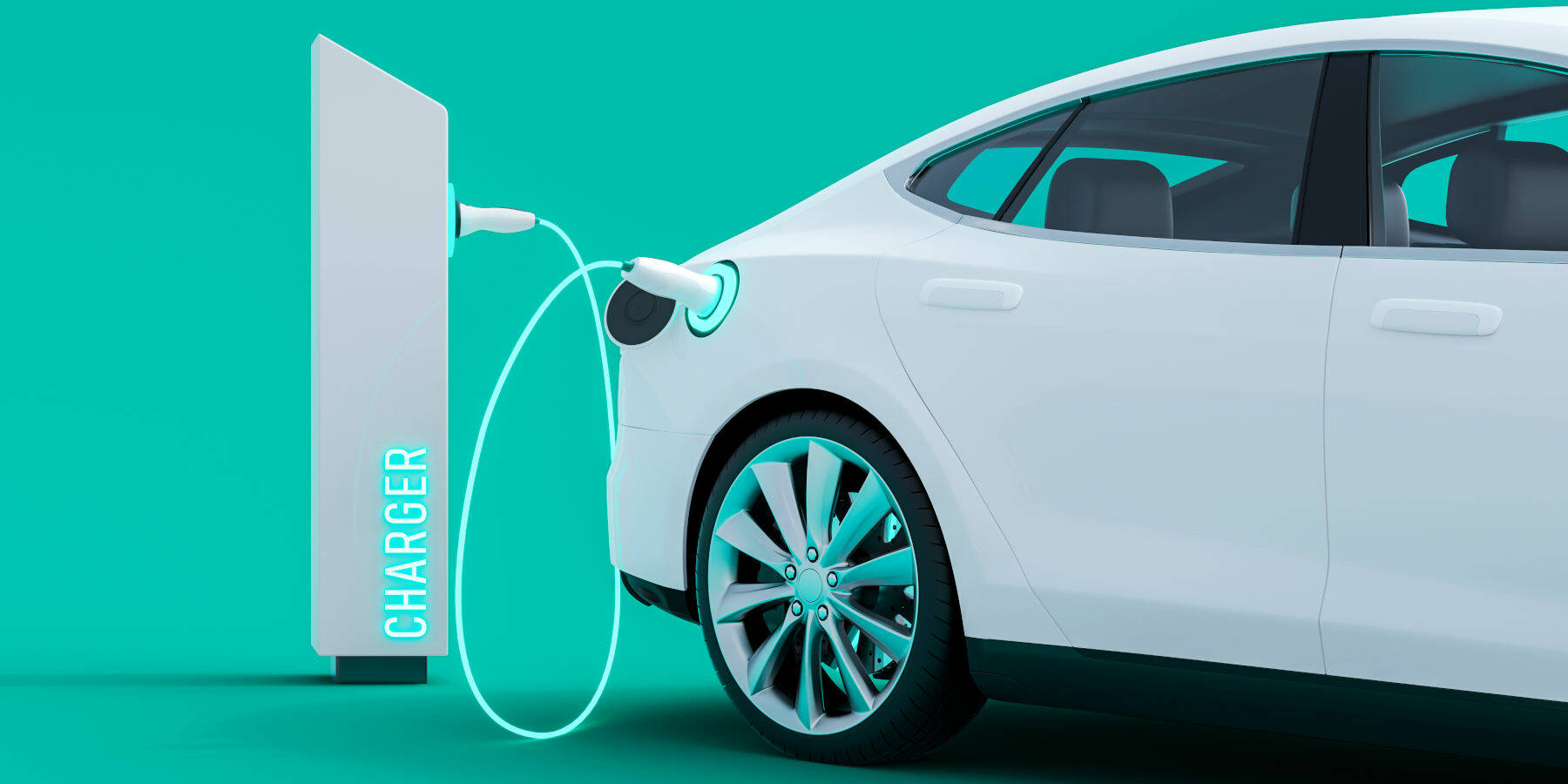America Ain't Exactly Outlawing Gas Cars But It's Steering Hard Into EVs

America's Environmental Protection Agency today proposed a bunch of vehicle emissions standards that, while not banning gasoline-powered vehicles outright, could lead to automakers drastically speeding up EV adoption.
Targeted at model year 2027 and newer vehicles, the draft standards – divided between one for cars and light trucks including delivery vans, and another for heavy-duty commercial autos – might help the nation avoid nearly 10 billion tons of CO2 emissions by 2055, the EPA said. According to the agency, that equates to twice the amount emitted across the US in 2022.
Along with strict new CO2 emissions standards beginning with model year 2027, the EPA said the proposed standards would also save folks $12,000 (£9.6k) over the lifetime of a light-duty vehicle and would reduce oil imports by 20 billion barrels.
Neither the proposed light and medium-duty standards nor the heavy-duty standards place requirements on how emissions reductions must be achieved, though it's pretty clear electric cars are the preferred option for the White House.
The EPA said it sees the draft standards as a way to accelerate transitioning to electric vehicles. According to its projections, assuming the proposed standards are approved and passed, 67 percent of new light-duty vehicle sales in model year 2032 are likely to be electric; that number drops to 46 percent for new 2032 medium-duty vehicles.
- EU lawmakers vote to ban sales of combustion engine cars from 2035
- Microsoft shells out for 2.5GW of solar. Not that it'll make a big dent in its emissions
- New York cracks down on carbon fuel-based crypto-mining operations
- Have we hit a climate tipping point? Green power attracts big money
For heavy-duty vehicles, the EPA said it's maintaining its previous commitment to a "flexible structure" for commercial vehicles that will "enable manufacturers to achieve compliance efficiently based on the composition of their fleets." As part of that commitment, it expects commercial vehicle manufacturers to embrace not only electrification, but also new transmission technologies, improvements in aerodynamics, and other energy storage methods like hydrogen fuel cells.
The agency, however, also said its standards account for "a broad suite of available emission control technologies … designed to allow manufacturers to meet the performance-based standards however works best for their vehicle fleets."
By 2032, the year the proposed standards finish their phase-in, light-duty vehicle fleets would need to hit an average of 82 grams of CO2 emitted per mile driven, a 56 percent reduction from current standards, which will begin in 2026. For medium-duty vehicles, a 44 percent CO2 emission reduction is being targeted, which would mean those vehicles would have to emit an average of 275 grams/mile by 2032.
The EPA said it expects widespread use of filters to reduce gasoline particulate emissions and wider deployment of CO2-reducing technologies for gas-powered vehicles, which to be clear haven't been phased out under the suggested rules.
The agency projects its heavy-duty vehicle rules would avoid 1.8 billion tons of CO2 emissions through 2055, equivalent to eliminating all US transportation sector emissions for an entire year. The agency estimates that 50 percent of new vocational vehicles are likely to be zero-emissions by 2032, and 25 to 35 percent of new semi trucks will achieve zero emissions by that date.
"These ambitious standards are readily achievable thanks to President Biden's Investing in America agenda, which is already driving historic progress to build more American-made electric cars and secure America's global competitiveness," said EPA administrator Michael Regan.
As the EPA notes in its proposals, the Biden administration's Inflation Reduction Act changed EV tax credit incentives to max out at $7,500 for a new EV placed in service at the start of this year. The rule also offers a $2,500 tax credit for used vehicles, and also mandates an increasing amount of critical minerals and battery components that have to be US-manufactured to qualify, and that final vehicle assembly must take place in North America.
As these are only proposed rules, there's no way of knowing when, or even if, they'll become active. Public comment on is now open, and the EPA plans to hold public hearings for the heavy-duty rules on May 2 and 3, with hearings on the light- and medium-duty rules to follow on May 9 and 10.
Then there's just the small matter of officially adopting and applying them, with all the legal challenges and political campaigning that will most likely break out. ®
From Chip War To Cloud War: The Next Frontier In Global Tech Competition
The global chip war, characterized by intense competition among nations and corporations for supremacy in semiconductor ... Read more
The High Stakes Of Tech Regulation: Security Risks And Market Dynamics
The influence of tech giants in the global economy continues to grow, raising crucial questions about how to balance sec... Read more
The Tyranny Of Instagram Interiors: Why It's Time To Break Free From Algorithm-Driven Aesthetics
Instagram has become a dominant force in shaping interior design trends, offering a seemingly endless stream of inspirat... Read more
The Data Crunch In AI: Strategies For Sustainability
Exploring solutions to the imminent exhaustion of internet data for AI training.As the artificial intelligence (AI) indu... Read more
Google Abandons Four-Year Effort To Remove Cookies From Chrome Browser
After four years of dedicated effort, Google has decided to abandon its plan to remove third-party cookies from its Chro... Read more
LinkedIn Embraces AI And Gamification To Drive User Engagement And Revenue
In an effort to tackle slowing revenue growth and enhance user engagement, LinkedIn is turning to artificial intelligenc... Read more

